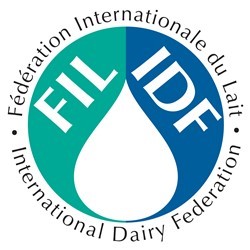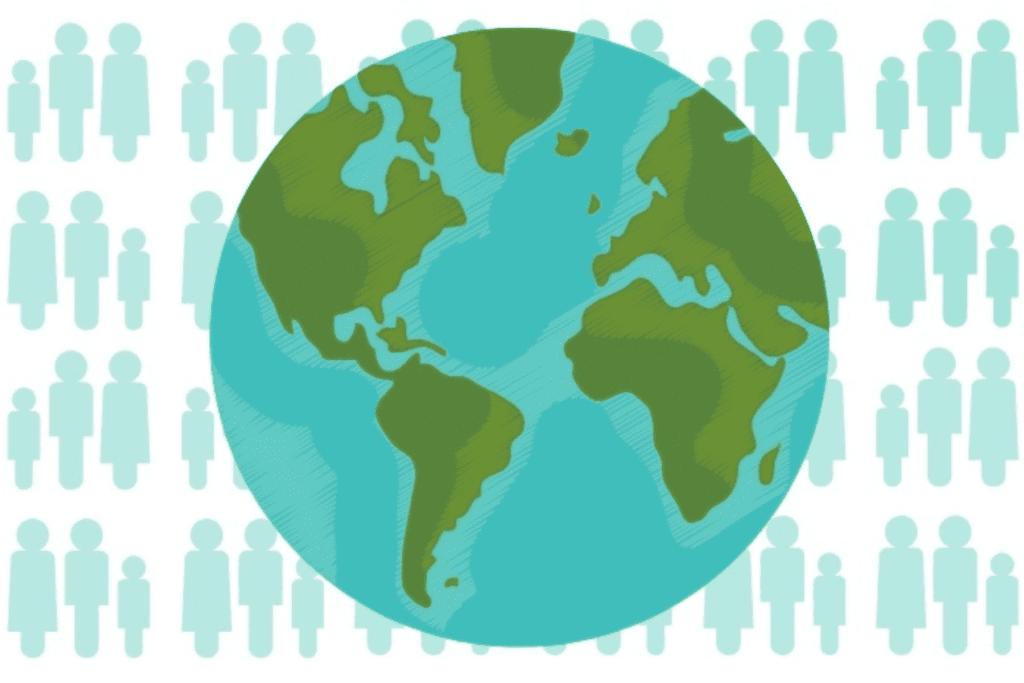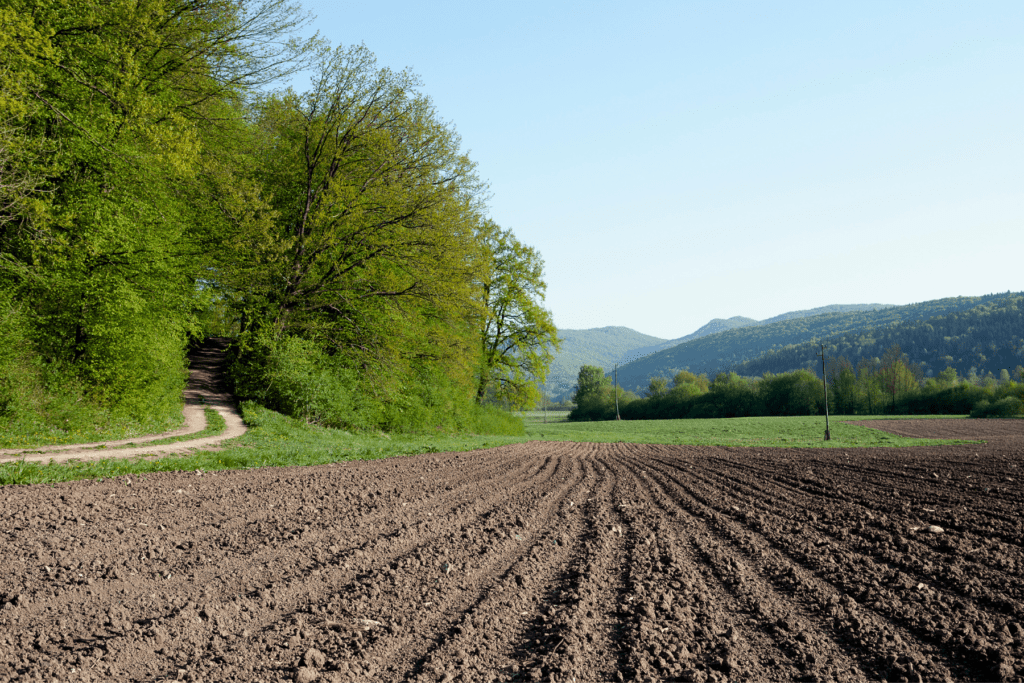



The dairy sector is committed to producing nutritious foods in environmentally sound and responsible ways. As such, we welcome any opportunity to further the dialogue about solutions to climate change and creating a sustainable future for everyone. However, this report, while interesting, contains several inaccuracies and as such does not reflect the reality of the dairy sector.
Environmental Impact
Globally, all of agriculture accounts for 24% of greenhouse gas (GHG) emissions, and within that dairy is responsible for 2.7%. While the dairy sector is committed to sustainable development and decreasing our rate of emissions even further, this 2.7% emissions rate must be put into the context of emissions from other sectors, such as energy – 25%, business – 21% and transport – 14%. Especially when considering the positive impact dairy has on livelihoods and nutrition.
One of the key claims in this report is that the top 13 global dairy companies saw an 11% increase in GHG emissions between 2015 and 2017. This is misleading, as much of the increase can be accounted for by mergers and acquisitions by those companies. Annex 1 in the report even confirms this is simply an accounting change, and these are not new emissions.
The United Nations (UN) Food and Agriculture Organization’s (FAO) 2019 report, “Climate Change and the Global Dairy Sector,” was referenced. Key information about that report was left out, including the fact that it was multi-stakeholder study written by FAO. FAO found that between 2005-2015, milk production increased 30% globally in order to meet growing consumer demand. Absolute emissions rose 18% and emissions per unit of product declined by 11%. Without improvements made by the sector, FAO noted that total emissions from dairy would have increased by nearly 38% globally over this period to deliver the same amount of product.
The global dairy sector takes its environmental responsibilities seriously and has a number of programs in place including the Declaration of Rotterdam and the Dairy Sustainability Framework to support increased knowledge, implementation of practices and progress measurement against sustainability challenges.
Sustainability
In using terms like sustainability, a clear definition is essential. The UN determines sustainability must be based on three pillars: economic, social and environmental.
The dairy sector helps to feed the world delivering vital nutrition in the form of high-quality protein and essential vitamins and minerals. Globally, dairy provides 5% of energy, 10% of protein and 9% of fat in the diet, as well as providing vital nutrients like calcium, iodine, B vitamins, zinc and phosphorus.
This rich nutrition helps populations, particularly in developing nations, avoid malnutrition and poor health outcomes. Any food system which fails to deliver high-quality nutrition is one which is itself, unsustainable.
Dairy provides for the livelihoods of 1 billion people worldwide: 600 million people living on dairy farms and a further 400 million relying on the full-time jobs created in support of the sector. There are 133 million dairy farms around the world, and 37 million of them are led by women. A sustainable dairy industry must also be one which provides a livelihood to farmers, processors and all others along the supply chain. If farmers were always paid below the cost of production as implied in this report, put simply – the industry would not exist, and production would not be increasing.
Dairy Economics
Globally, the dairy sector is incredibly diverse, with only 0.3% of all farms having more than 100 cows. In fact, the average herd size for a dairy farm is 3 cows. It’s also important to note that the majority of milk globally is processed through co-operatives, which are owned by and run in the interests of farmers.
A one-size-fits-all farming system cannot be implemented worldwide. Each type of farming system has its place and irrespective of size, if managed well can be efficient and drive sustainability. It cannot be assumed that smaller scale farming is more efficient and is somehow better at delivering sustainability improvements or economic returns. There is no correlation between scale of production unit, either at the farm or processor level, and environmental impact assessed per unit of production. This is determined by the quality of the equipment used and the management.
Larger businesses achieve economies of scale in many ways including on GHG emissions, as there is greater use of technology.
This report seems to argue against international trade in dairy products. However, international trade ensures consumers in countries that are not self-sufficient can access the nutrition they need. The alternative would be either higher food prices or lower nutrient intake.
The dumping of milk in response to COVID-19 in some regions was a temporary phenomenon in response to extraordinary market disruption caused by the pandemic, the likes of which the world has not seen in a century. This can’t be used to provide any valuable insight into how the industry should operate long term and does a disservice to the dairy sector which continued in extremely difficult circumstances to provide highly nutritious food for the global population.
It’s very easy to put out a report that criticizes and tries to paint a simple picture of a sector which doesn’t contain all of the nuances or realities of how the global dairy sector nourishes the world with nutrient-rich, safe foods and does so in a manner that strives for continued environmental improvements while providing livelihoods to a large percentage of the world’s population.
Dr. Judith Bryans, President of the International Dairy Federation and Donald Moore, Executive Director, Global Dairy Platform.












